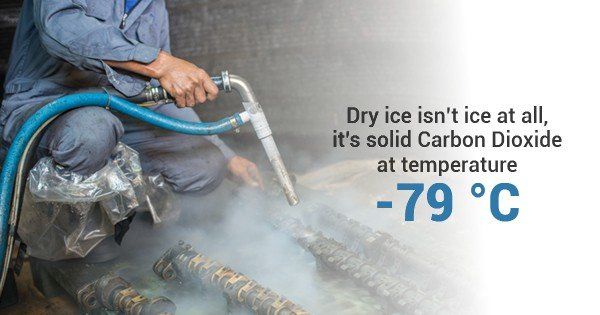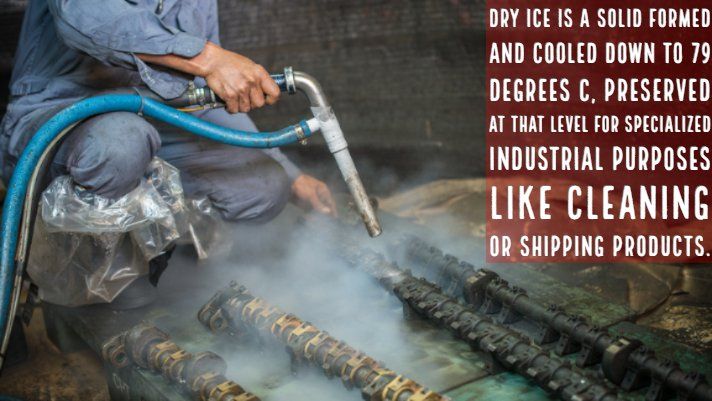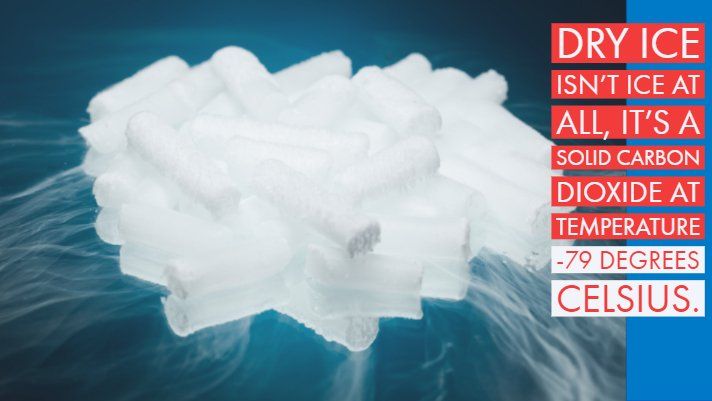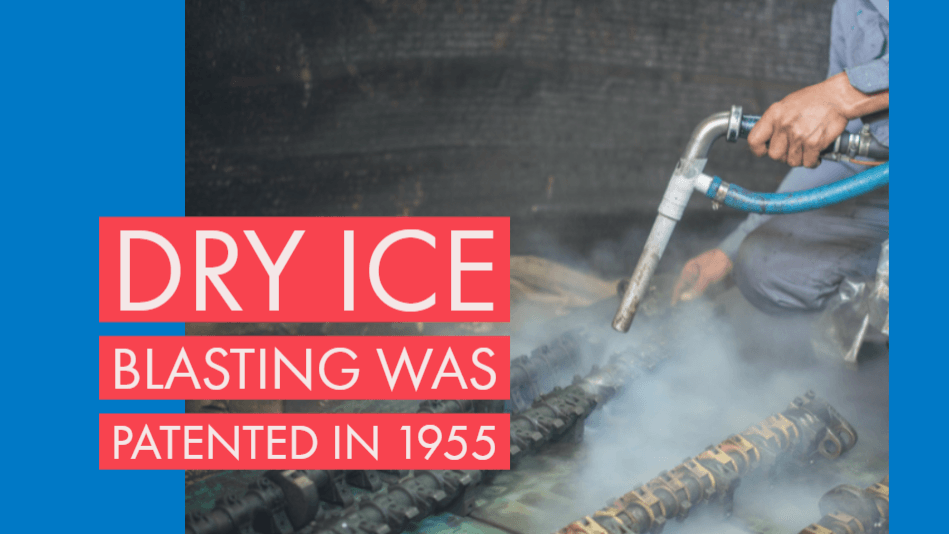Dry Ice: FDA Guidelines For Use In Food Services

Dry ice is the solid form of carbon dioxide frozen at -79 degrees Celsius. Though the average consumer may only be familiar with the act of renting dry ice machines for use in children's parties or magic shows (where its sublimation produces a mysterious and exciting mist), it performs a variety of roles in a number of industries. Food service departments take full advantage of the power of dry ice, from its cooling properties to its use in cleaning.
A Cold Clean
The U.S. government places very stringent rules and regulations on any chemical use in the food industry. The Food and Drug Administration (FDA) is responsible for ensuring these rules are followed as any contamination (be it biological, chemical, or physical) could cause serious problems among the general public. Since guaranteeing a clean workspace in food services is one of the best ways to prevent contamination, dry ice blasting is often used to eradicate hard-to-remove messes from equipment.
The high force allows grit and grime to be blasted away without leaving a chemical trace or any physical damage behind (because it sublimates and turns back into gas during the process), removing the need for disassembly and caustic chemicals. Dry ice machinescan be rented or purchased to provide environmentally sustainable cleaning.
Preservation And Prep
The FDA also approves the use of dry ice in food preparation and preservation ; the subzero temperatures offer an alternative cooling method when mechanical means are unavailable. As stated above, food-grade dry ice poses no chemical threat. The FDA is more concerned about proper handling and awareness than contamination as exposure to dry ice can cause significant damage.
"Both liquid nitrogen and dry ice can cause severe damage to skin and internal organs if mishandled or accidentally ingested due to the extremely low temperatures they can maintain. As such, liquid nitrogen and dry ice should not be directly consumed or allowed to directly contact exposed skin."
As such, the FDA requires training for the safe receipt, storage, and handling of dry ice if it is to be used in a food setting, as well as the warning notices to be conspicuously posted in open areas where employees will constantly be exposed to them.










